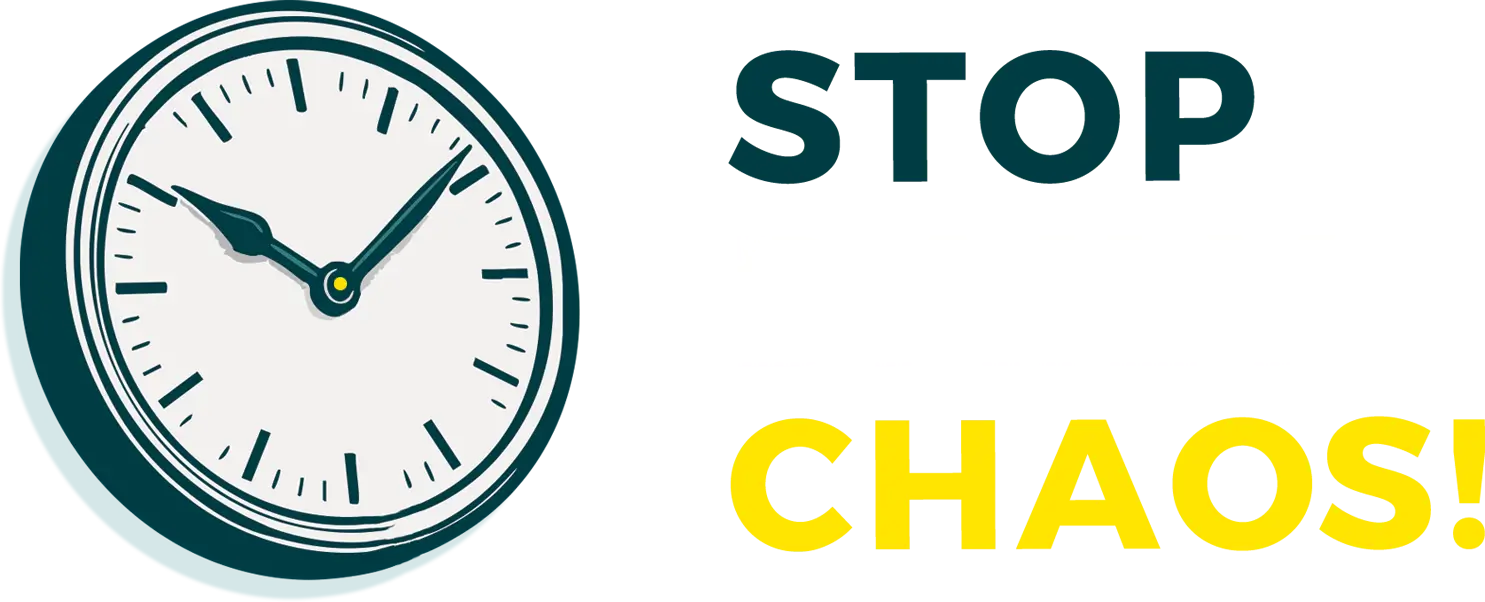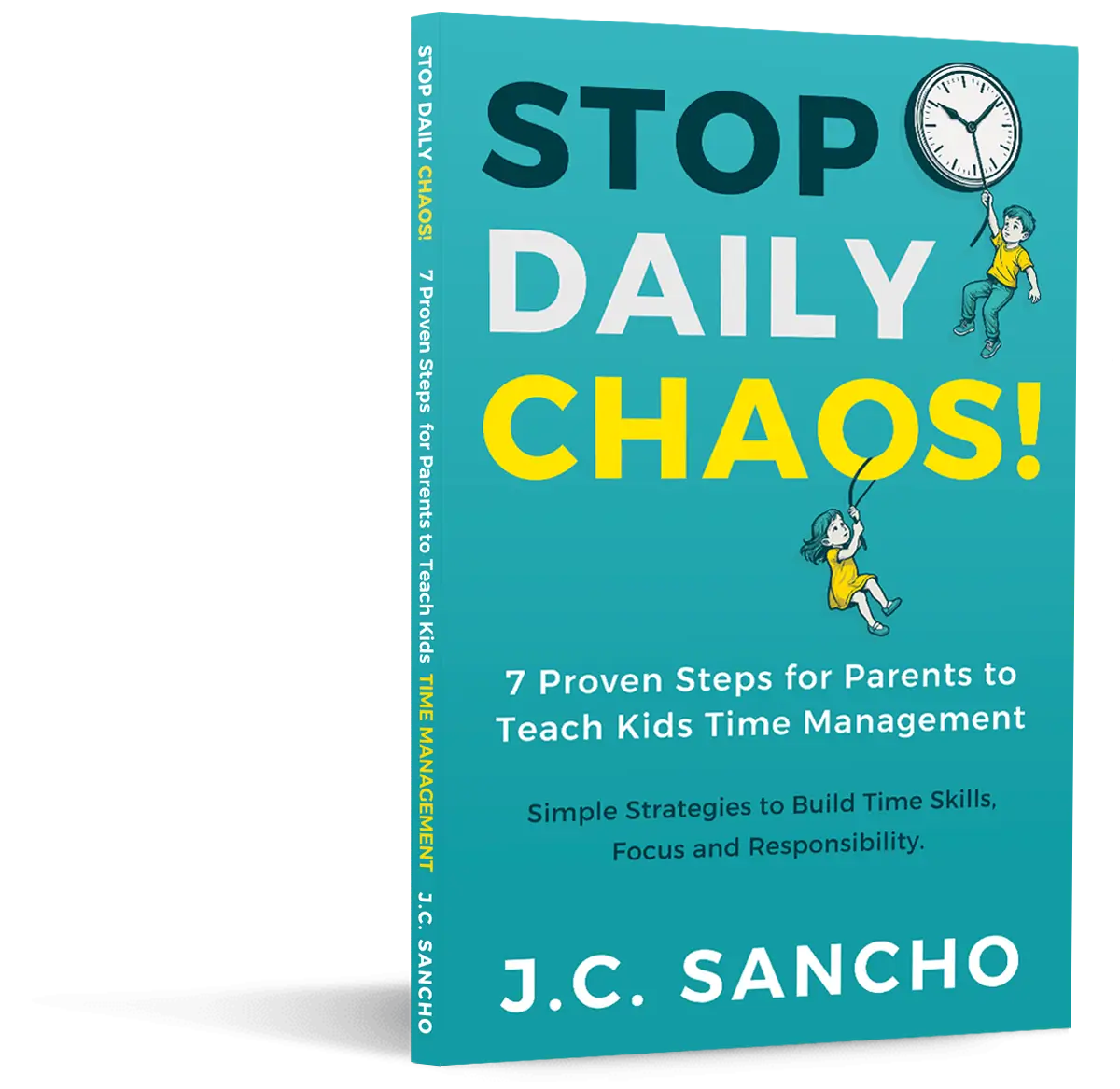Parents want children to approach challenges with curiosity instead of fear. We want them to see effort as progress, mistakes as stepping stones, and setbacks as part of learning—not as signs of inadequacy. The foundation for this mindset starts early and grows through everyday interactions. When families understand how children interpret effort, ability, and mistakes, the path toward resilience becomes clearer.
The most effective tool for raising confident, adaptable learners is a growth mindset—an evidence-based framework developed through decades of research and now widely used in education, psychology, and parenting.
What a Growth Mindset Is—and Why It Matters
A growth mindset, based on the work of Dr. Carol Dweck, is the belief that skills and intelligence develop through practice, persistence, and strategic effort. Children with a growth mindset understand that talent grows through use, not luck. They embrace learning as a process rather than a performance.
The opposite— a fixed mindset—leads a child to believe ability is static. Mistakes feel threatening because they challenge identity. Children might avoid difficult tasks, fear comparison, or give up quickly when something feels hard.
A growth mindset matters because it influences:
• Academic motivation
• Response to feedback
• Willingness to take on challenges
• Resilience after setbacks
• Long-term confidence and self-direction
When children believe they can improve, they approach learning with energy and ownership.
Strategies That Help Parents Cultivate a Growth Mindset at Home
Cultivating a growth mindset does not require elaborate systems or scripted lessons. It grows through small, consistent choices in language, expectations, and behavior. Parents shape how children interpret success and struggle.
Teach the Power of “Yet”
Children often say, “I can’t do this.”
Adding a simple word—yet—changes the meaning entirely.
“I can’t do this… yet.”
This shift reframes the struggle as temporary. Yet becomes a reminder that ability builds over time, and persistence leads to progress. Use it during homework, problem-solving, sports, or new experiences. Over time, children internalize the idea that improvement is always possible.
Praise Effort, Strategy, and Persistence—Not Traits
Children hear praise as information about who they are. When praise centers on fixed traits, such as “You’re smart,” children learn to protect that identity. They avoid tasks where they might not appear smart.
When praise centers on effort or strategy, children feel control over their learning.
Examples include:
• “You stayed focused even when it got tough.”
• “Your strategy changed the outcome.”
• “You worked through the hard parts with patience.”
This type of feedback directs attention toward process rather than perfection.
Model a Growth Mindset in Your Own Behavior
Children study adults far more than they listen to instructions. When parents react to challenges with frustration or self-criticism, children internalize that reaction.
Model growth mindset by:
• Attempting tasks outside your comfort zone
• Expressing curiosity when things go wrong
• Reflecting on how you improved through practice
• Showing resilience without self-defeating language
Simple statements like “I’m still learning this skill” or “That didn’t work, so I’ll try another approach” help children understand that growth applies to all ages.
Encourage Mistakes as Part of Learning
Mistakes are not failures—they are feedback. When children fear mistakes, they fear learning. Create an environment where errors are handled with calm conversations instead of pressure.
Try:
• Highlighting what the mistake teaches
• Asking what the child might try next
• Treating mistakes as valuable data
When mistakes feel safe, children take on bigger challenges.
Normalize Productive Struggle
Struggle often precedes mastery. Instead of rushing to rescue a child, allow space for effort. Support without solving.
Say things like:
• “Take your time, you’re working hard on this.”
• “What have you tried so far?”
• “What’s another way to approach this?”
This builds perseverance and strengthens problem-solving muscles.
Obstacles Parents Face When Teaching a Growth Mindset
Even with good intentions, certain habits or pressures can unintentionally reinforce a fixed mindset. Awareness of these pitfalls helps families correct course.
Overemphasis on Performance and Outcomes
Report cards, test scores, and comparison to peers often overshadow the learning process. When children believe success depends on innate ability, they avoid risks that could challenge their self-image.
Shift focus toward what they learned, how they approached the task, and what they want to try next. Performance improves naturally when learning feels safe.
Avoidance of Challenges
Some children prefer easy tasks because ease feels successful. Encourage them to stretch gently by choosing activities that push their skills without overwhelming them.
Celebrate the challenge itself, not the result:
“This was tough, and you stayed with it.”
Parent Interventions That Hinder Independence
Jumping in to fix, correct, or complete tasks for a child communicates, “You can’t handle this.” Over time, this reinforces a fixed mindset. Support with guidance, not solutions.
Inconsistent Messaging
Children absorb mixed messages quickly. If adults praise effort sometimes but criticize mistakes harshly at other times, confusion sets in. Consistency strengthens growth mindset habits.
Deepening Your Approach: Raising Resilient, Curious, and Self-Driven Learners
Once children understand the basics of growth mindset, families can take the work deeper by embedding it into everyday experiences.
Encourage Healthy Risk-Taking
Growth requires stepping beyond comfort. Encourage children to try activities that stretch them—new hobbies, new challenges, new social situations. Emphasize courage, not perfection.
Explain that risk-taking is part of learning:
“Trying something new shows strength.”
Reflect With Your Child About Their Learning Journey
Reflection reinforces growth. Ask questions such as:
• “What challenged you today?”
• “What helped you keep going?”
• “What strategy worked well?”
• “What will you try next time?”
These conversations build metacognition—an essential skill for lifelong learning.
Build Routine Habits That Support Resilience
Confidence grows through patterns, not isolated moments. Integrate growth-oriented habits into daily routines.
Examples include:
• Journaling about challenges
• Setting small, achievable goals
• Practicing tasks over multiple attempts
• Celebrating effort at the end of each day
These habits strengthen persistence and courage.
Parent Questions Answered
Is a growth mindset effective for all ages?
Yes. Children, teens, and adults benefit from growth mindset practices. The delivery might change, but the principles remain the same—effort, strategy, and persistence shape ability.
How do I respond when my child resists growth mindset ideas?
Stay patient. A child needs consistent exposure before new habits take hold. Keep modeling growth mindset yourself and use supportive language. The shift becomes visible over time.
Can I use these strategies with teenagers?
Yes. Teens often respond best to conversations that highlight autonomy, reflection, and long-term goals. Avoid lecturing and focus on partnership in building skills.
How do I help my child move past fear of failure?
Normalize mistakes and use them as teaching moments. Share your own examples of learning through failure. Encourage small risks at home to build confidence for bigger ones.
Raising Children Who Embrace Growth
Cultivating a growth mindset is a long-term investment in your child’s resilience, motivation, and self-belief. Small, consistent steps—supportive language, opportunities for challenge, comfort with mistakes, and modeled persistence—create significant emotional and cognitive benefits. Children who embrace growth view learning as an adventure rather than a test. They push harder, bounce back faster, and face new experiences with confidence.
Further Reading
• Dweck, C. (2006). Mindset: The New Psychology of Success
• American Academy of Pediatrics (AAP): HealthyChildren.org
https://www.aap.org
• Centers for Disease Control and Prevention (CDC): Child Development
https://www.cdc.gov
• Mayo Clinic: Parenting Resources
https://www.mayoclinic.org
• Child Mind Institute: Helping Children Build a Growth Mindset
https://childmind.org



